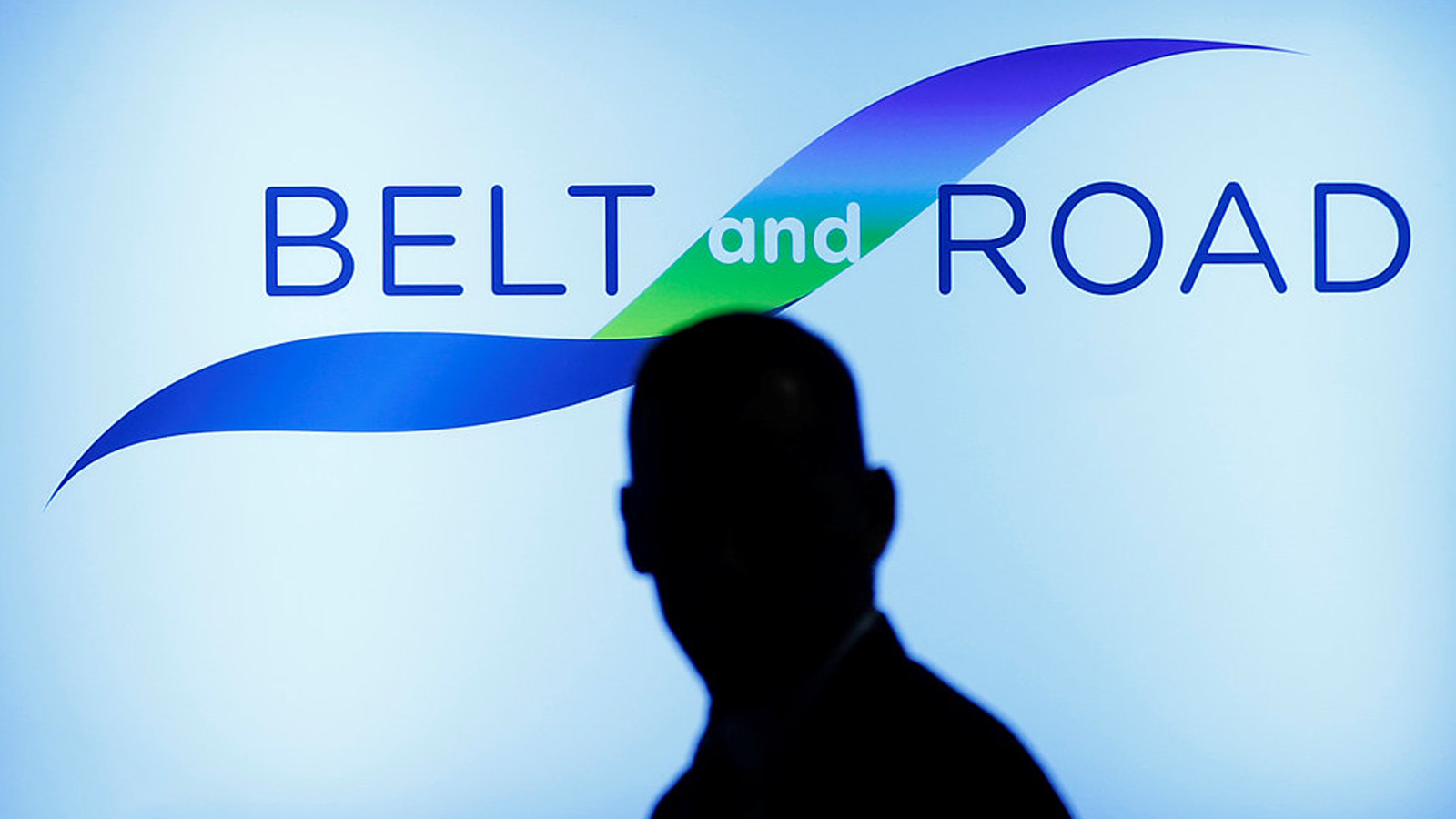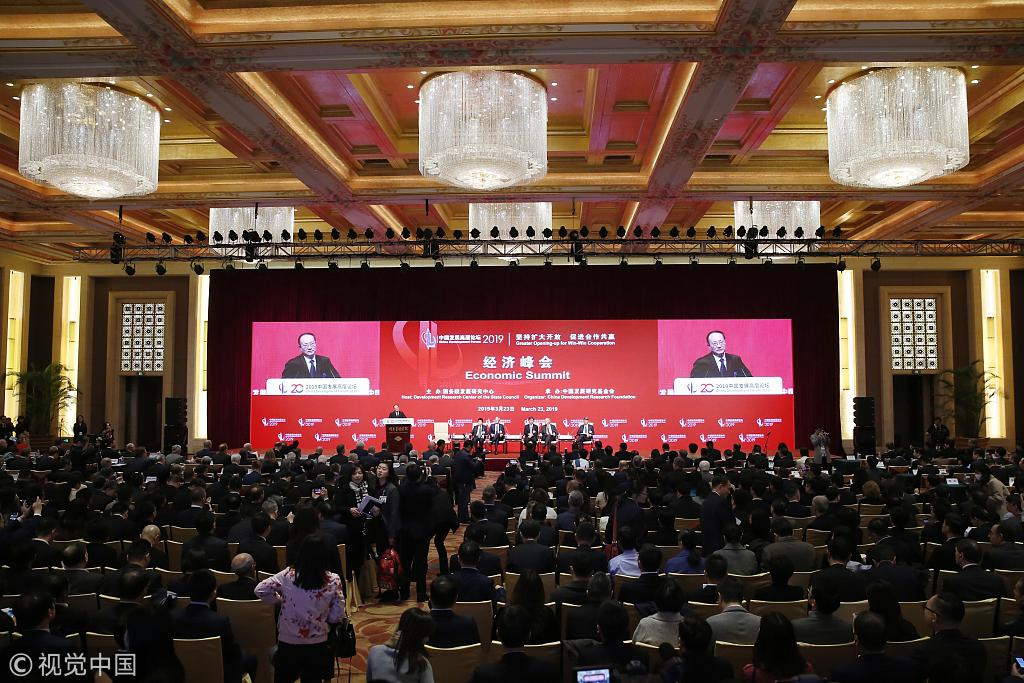
Opinion
07:48, 25-Mar-2019
BRI is a response to conventional globalization
Li Yang

Editor's note: Li Yang is an academician of the Chinese Academy of Social Sciences (CASS) and president of the National Institution for Finance and Development. This is an excerpt from his keynote speech at the China Development Forum in Beijing on March 23. It reflects the opinion of the author, not necessarily the views of CGTN.
When discussing the global economic crisis, there is one thing that cannot be avoided, which is the outlook of globalization. Given what I've seen with China's Belt and Road Initiative (BRI), I would like to share my view on the issue.
What is conventional globalization? Currently, it is a process where developed economies attempt to impose their domestic systems, institutions, rules, best practices, ideologies and culture on other countries. In conventional globalization, "rules" are highly important. However, no matter how important rules are, if no attention is paid to whether they'll work in other countries, imposing rules on those countries will certainly induce problems.
When we talk about de-globalization, it is believed that the United States is an "initiator" and a "pioneer" in this regard. We see that from a series of statements made by the Obama administration. However, essentially what it is doing is to find another way to reshape the paradigm of globalization so as to consolidate the U.S.' leading position. Both TPP and TTIP are evidence of such efforts of building the new paradigm. In fact, the Trump administration inherits this view on globalization. "America First" is how he puts it. If we look closer, under this overarching principle, he stressed three things in particular about globalization.
Firstly, globalization has costs and requires the provision of public services and public goods. In the past, the U.S. assumed the cost of providing public services and public goods. Now it needs its partner EU and emerging countries like China to jointly bear the cost of globalization and provide public goods.

The 2019 China Development Forum is held in the Diaoyutai State Guesthouse, March 23, 2019. /VCG Photo
The 2019 China Development Forum is held in the Diaoyutai State Guesthouse, March 23, 2019. /VCG Photo
Secondly, globalization used to be based on multilateral agreements, but now the United States tend to adopt bilateral approaches. Multilateral agreements have been either abolished or renegotiated or turned into bilateral ones. The U.S. gains an upper hand in the course of such renegotiations.
Thirdly, the U.S. attempts to revamp major international frameworks. For example, it has expressed its intention to comprehensively reform the WTO at the Argentine meeting.
The results of such globalization have already manifested itself. Countries in the world have been placed in a hierarchy. There are core and peripheral countries, western and eastern countries, as well as northern and southern countries. Developed countries are high on the pecking order and therefore enjoy favorable places in the industrial chain, value chain and supply chain, while other countries are less fortunate.
Now let's look at China. Against this background, China proposed the Belt and Road Initiative. The goal of this initiative is not to export overcapacity but to champion a new approach to globalization. Firstly, the mission of the BRI is to build a community of shared future for mankind. We can see that most countries alongside the Belt and Road are developing countries. Most of them have been marginalized in the last wave of globalization and failed to enjoy the benefits. Now the BRI encourages them to truly enter the global system and enjoy the benefits of globalization.
Secondly, the BRI is development-centered as opposed to rule-centered. It is committed to promoting capacity cooperation among participating countries. Therefore, it drives industrialization in various countries to meet the most basic needs of the vast majority of working people and to help eliminate poverty at home. In this process, China has pioneered many successful practices that can be learned from in finance, in supporting small and medium-sized enterprises and in setting up special zones.
Thirdly, the BRI features win-win cooperation. If the traditional approach to globalization is convergence, then the BRI achieves shared growth through discussion and collaboration while recognizing differences and diversity. Each country should find its own development method that meets its national realities. China seeks win-win cooperation by creating synergy between the development of the BRI and the development strategy of the country itself. It could be said that the BRI has entered a new stage, the goal of which is to make itself an indispensable mechanism of globalization.
The BRI drives globalization in the following ways. It further deepens cooperation. It serves as a framework for active participation in global governance, transnational application of corporate social responsibility as well as trade and investment facilitation.
At present, with the world facing more and more uncertainties and new situations, we believe that the BRI will become an effective channel for crisis resolution. With its ability to connect and coordinate, it will help the world tide over crises.
(If you want to contribute and have specific expertise, please contact us at opinions@cgtn.com.)

SITEMAP
Copyright © 2018 CGTN. Beijing ICP prepared NO.16065310-3
Copyright © 2018 CGTN. Beijing ICP prepared NO.16065310-3